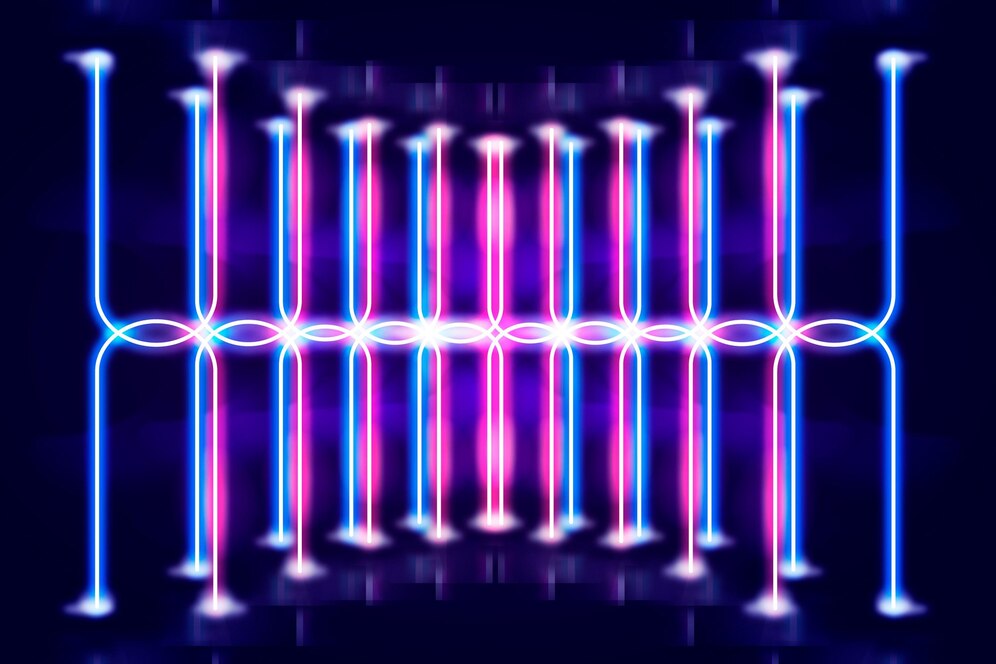LED full form – Light-emitting diode

Illuminating Innovation: Unraveling the LED Full Form
In a world where technology is constantly evolving, few advancements have had as transformative an impact as the LED. The acronym LED stands for “Light-emitting diode,” a technology that has revolutionized illumination, energy efficiency, and visual displays. In this article, we will delve into the LED full form and explore how this innovative technology has reshaped the way we light up our lives.
Decoding the Full Form: Light-Emitting Diode
The acronym LED stands for “Light-emitting diode.” At its core, an LED is a semiconductor device that emits light when an electric current passes through it. Unlike traditional incandescent bulbs, LEDs generate light by electroluminescence, a process in which electrons release energy in the form of light photons.
The Birth of LED Technology
The concept of electroluminescence dates back to the early 20th century, but it wasn’t until the 1960s that the first practical LED was developed. Nick Holonyak Jr., a scientist at General Electric, is often credited with inventing the first visible LED, which emitted red light. This breakthrough paved the way for the development of LEDs in various colors and applications.
The Evolution of LED Technology
From humble beginnings, LED technology has undergone rapid advancement, leading to its widespread adoption in various industries:
Color Varieties: Initially, LEDs emitted only red light. However, researchers soon developed LEDs that emitted green and yellow light, followed by blue and white LEDs.
Energy Efficiency: One of the most remarkable features of LEDs is their energy efficiency. LEDs consume significantly less energy compared to traditional incandescent bulbs, making them a popular choice for lighting solutions.
Longevity: LEDs have an impressive lifespan, often lasting tens of thousands of hours. This longevity reduces the frequency of replacements and maintenance.
Compact Design: The compact size of LEDs allows for their integration into a wide range of products, from small electronic devices to large-scale lighting installations.
Applications of LED Technology
The versatility of LED technology has led to its adoption in various fields:
Lighting: LEDs are widely used for lighting, ranging from residential lighting fixtures to streetlights, office spaces, and even automotive lighting.
Displays: LEDs are the foundation of many types of displays, including digital billboards, large-scale outdoor screens, and even smartphone screens.
Signage: LEDs are commonly used for signage due to their brightness, visibility, and ability to create eye-catching visuals.
Decorative Lighting: LEDs have enabled the creation of intricate and customizable decorative lighting designs for both indoor and outdoor spaces.
Healthcare: LED technology has found applications in healthcare settings, such as surgical lighting and phototherapy for certain medical conditions.
Entertainment: LEDs have transformed the entertainment industry, from stage lighting to dynamic visual effects in concerts, theater productions, and movies.
Environmental Impact and Sustainability
The LED revolution isn’t just about technology; it’s also about sustainability. The energy efficiency and long lifespan of LEDs contribute to reduced energy consumption, lower greenhouse gas emissions, and less frequent disposal of bulbs, all of which are critical in addressing environmental challenges.
Future Innovations
The future of LED technology holds exciting possibilities. Researchers are exploring advanced materials, higher levels of integration, and improved color accuracy to further enhance the capabilities of LEDs.
Conclusion
The LED full form – Light-emitting diode – signifies a remarkable technological advancement that has illuminated our lives in more ways than one. From energy-efficient lighting solutions to dazzling visual displays, LEDs have transcended their initial purpose to become a cornerstone of modern innovation. As we continue to harness the power of LEDs for everything from daily illumination to cutting-edge technology, their impact on energy efficiency, environmental sustainability, and creative expression remains a testament to the potential of human ingenuity to shape the world for the better.